
Over the last two weeks, the world’s most powerful leaders congregated in Glasgow, Scotland, for the UN’s pivotal summit COP26 to address the climate crisis.
While not every country turned up – China and Russia’s absences were particularly notable – British Prime Minister Boris Johnson seemed cautiously optimistic about how the attending nations negotiated to reduce their impact on the environment.
Advertisement
But just how successful was the summit in reality? And was it enough to restrict global warming to just 1.5 degrees Celsius above pre-industrial levels?
Here’s a breakdown of all the highs – and the lows – of the last two weeks.
Who went?
Good COP
Advertisement
Bad COP
-
China’s Xi Jinping and Russia’s Vladimir Putin refused to attend in person, despite both nations being major contributors to CO2 emissions.
-
Dettol was the event’s hygiene partner, a company owned by Reckitt which still uses palm oil and has not cut deforestation from their supply chain.
-
Microsoft, SSE and Unilever played key COP26 roles but have been criticized for not practising eco-friendly policies in their own companies.
-
Billionaire and Amazon founder Jeff Bezos has been heavily criticized for his high CO2 emissions and 10-minute trips into space as well – yet he had a platform at the event.
-
Fossil fuel companies sent the largest delegation to the summit, with more than 500 people linked to the industry present.
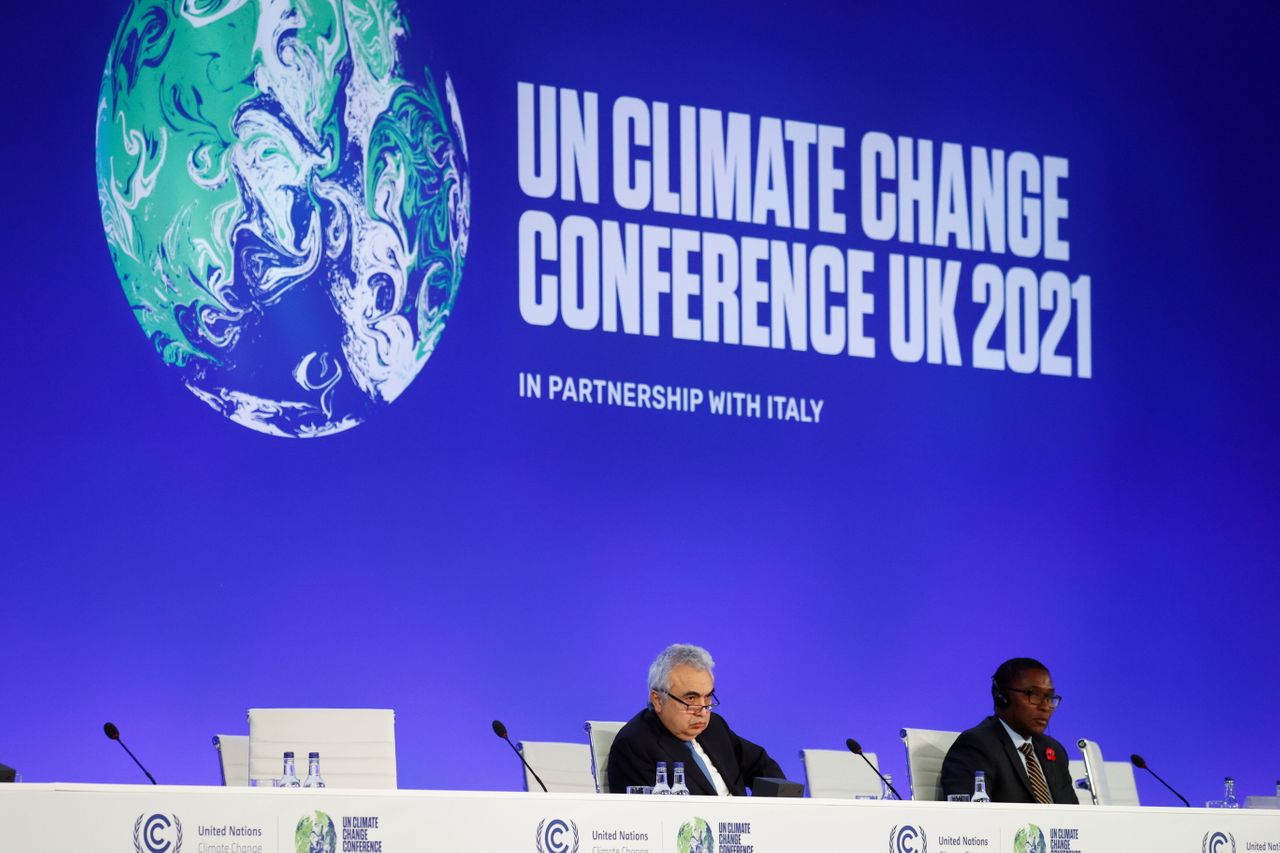
Phil Noble via Reuters
Health care and wellbeing pledges
Good COP
-
50 countries pledged to develop health systems which can withstand the impact of climate change, which are low carbon and sustainable.
-
45 vowed to change their current systems to be more sustainable.
-
14 have a deadline of 2050 or earlier by which they will reach net zero.
-
This was the first time at any COP there was a dedicated health pavilion, even though the health care sector makes up close to 5% of CO2 emissions.
Bad COP
-
Low and middle income countries already struggle to provide regular access to health care, meaning they might struggle to then build health care facilities which are also greener.
-
This will lead to a race against time because extreme weather usually triggers health crises, and poorer nations have fewer defenses against climate change.
Gender
Advertisement
Good COP
Bad COP
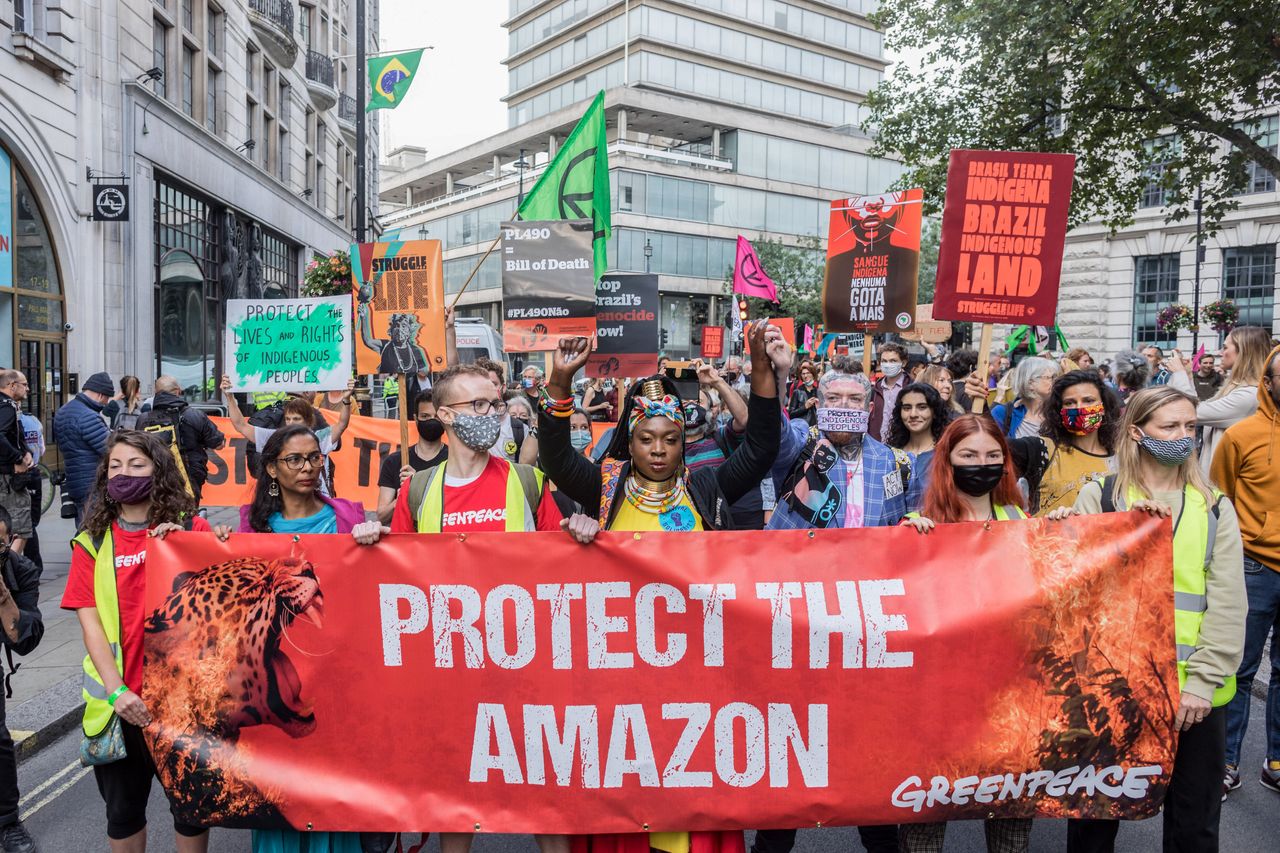
SOPA Images via Getty Images
Deforestation
Good COP
-
More than 100 countries representing 85% of the world’s forests agreed to end and reverse deforestation by 2030.
-
The pledge also has $19.2 billion (£14 billion) in public and private funding behind it.
Bad COP
-
Indonesia – which has the world’s third-largest rainforest – started to pull back on the deforestation deal days after signing the pact.
-
The country’s environment minister said it was “inappropriate and unfair” to force Indonesia to commit to zero deforestation in 2030.
“Even with all new Glasgow pledges for 2030, we will emit roughly twice as much in 2030 as required for 1.5 degrees Celsius”
– Climate Action Tracker
Inclusivity
Good COP
-
Five nations and some global charities pledged $1.7 billion (£1.27 billion) to support Indigenous groups’ forest conservation efforts and strengthen their land rights.
-
COP26 claimed they worked “tirelessly” to create an “inclusive, accessible and safe summit.”
Bad COP
-
Not everyone who was there was able to even attend the meetings. Israeli energy minister Karine Elharrar was unable to enter the venue on the first day of the conference because there was no wheelchair access.
-
Others noticed a lack of sign language interpreters around the event.
-
Members of the public were unable to engage with the summit as the venue was at “full capacity” on some days, even when not everyone with a ticket had entered.
-
Vaccine inequity already meant many people from poorer nations were unable to attend the conference over Covid fears.
-
The global south is expected to be most affected by the climate crisis and yet COP26 was dominated by white, rich voices, according to campaigner Asad Rehman.
-
There were reports of Black, brown and Indigenous activists being removed from major events, cropped out of certain photographs or had their names removed from the main program of events.
-
Some said their speeches were even taken down from the UN’s climate change channel and that world leaders left the room before they started talking.
Advertisement

Ian Forsyth via Getty Images
Climate finance
Good COP
-
Japan pledged to donate an extra $10 billion (£7.3 billion) to climate finance over five years.
-
This means developed, rich nations may be able to hit their $100 billion (£73 billion) a year target a year sooner than had been anticipated.
-
This money is supposed to go to developing nations to help them cut their own CO2 emissions, adapt to extreme weather changes.
-
The U.K. has pledged £290 million to help poorer countries adapt to extreme climate changes.
Bad COP
-
Developed countries are still a long way from their target of reaching $100 billion (£73.4 billion) a year.
-
The UK’s share is coming from “new funding” from the foreign aid budget – the budget which was cut to 0.5% of national income recently. This cut will not be lifted until at least 2024-25.
-
Many nations still pump money into fossil fuel companies.
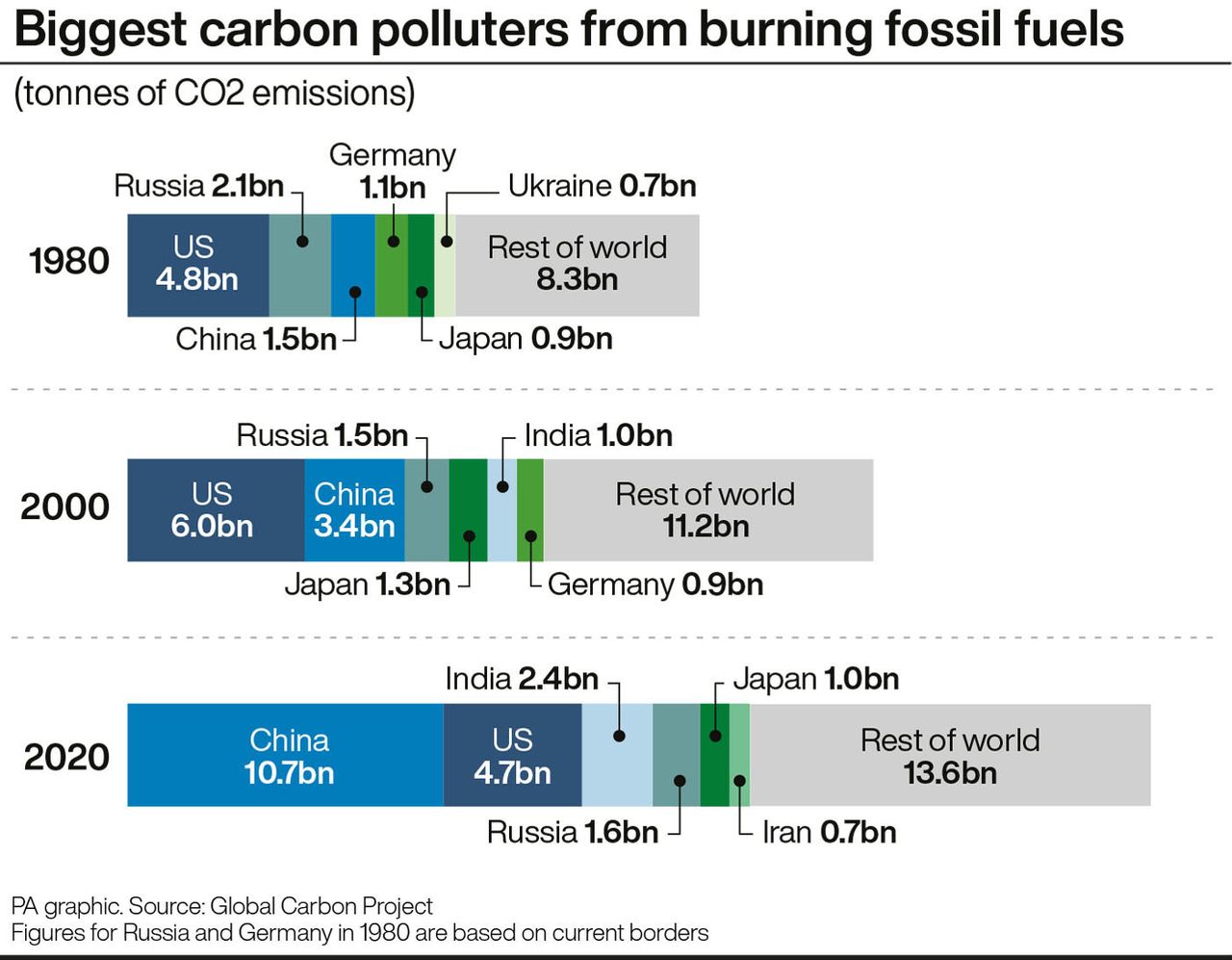
PA GraphicsPress Association Images
Net Zero
Good COP
-
India pledged to reach net zero carbon emissions by 2070.
-
Other developed countries have vowed to reach it by 2050.
-
In a separate commitment 20 nations promised to end public financing for “unabated” fossil fuel projects overseas by the end of 2022 – meaning coal, oil and natural gas will only be extracted if there is technology to capture the CO2 emissions.
-
More than 40 countries agreed to move away from fossil fuels and fund clean, green technology to make it cheaper than the alternatives by 2030.
-
World leaders signed a pledge to slash heating gas methane by 30% by 2030.
-
This could shave 0.1 to 0.2 degree Celsius off global temperature increase.
Bad COP
-
An estimated 400 planes flew into Glasgow so delegations from around the world could join the landmark talks.
-
Neither the U.S. nor China – two of the world’s most coal-dependent countries – signed up to quit coal.
-
A recent UNEP report claimed that current climate emission commitments will see Earth’s temperature increase by 2.2 to 2.7 degrees Celsius by 2100.
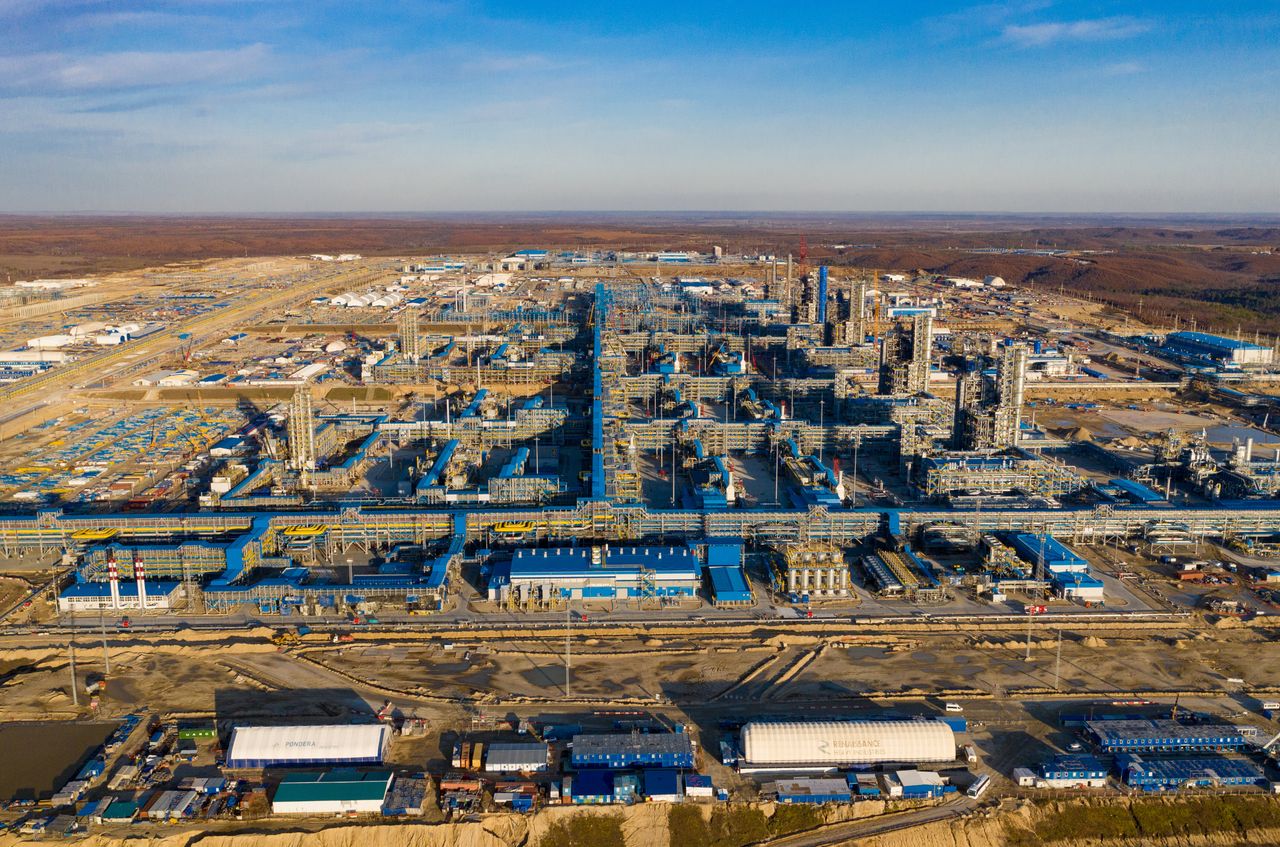
Yuri Smityuk via Getty Images
U.S.-China deal
Good COP
-
The States struck an unexpected deal to work closely with China and cut CO2 emissions in the next decade.
-
They vowed to regulate decarbonization, methane emissions, and fight deforestation together by meeting regularly.
-
As two of the world’s largest CO2 emitters, this was a serious step forward.
Bad COP
-
The deal was short on actual commitments which reduce heat-trapping gases and the details remained vague.
-
China did not offer any new pledges after announcing the deal, despite not turning up to the summit.
Advertisement
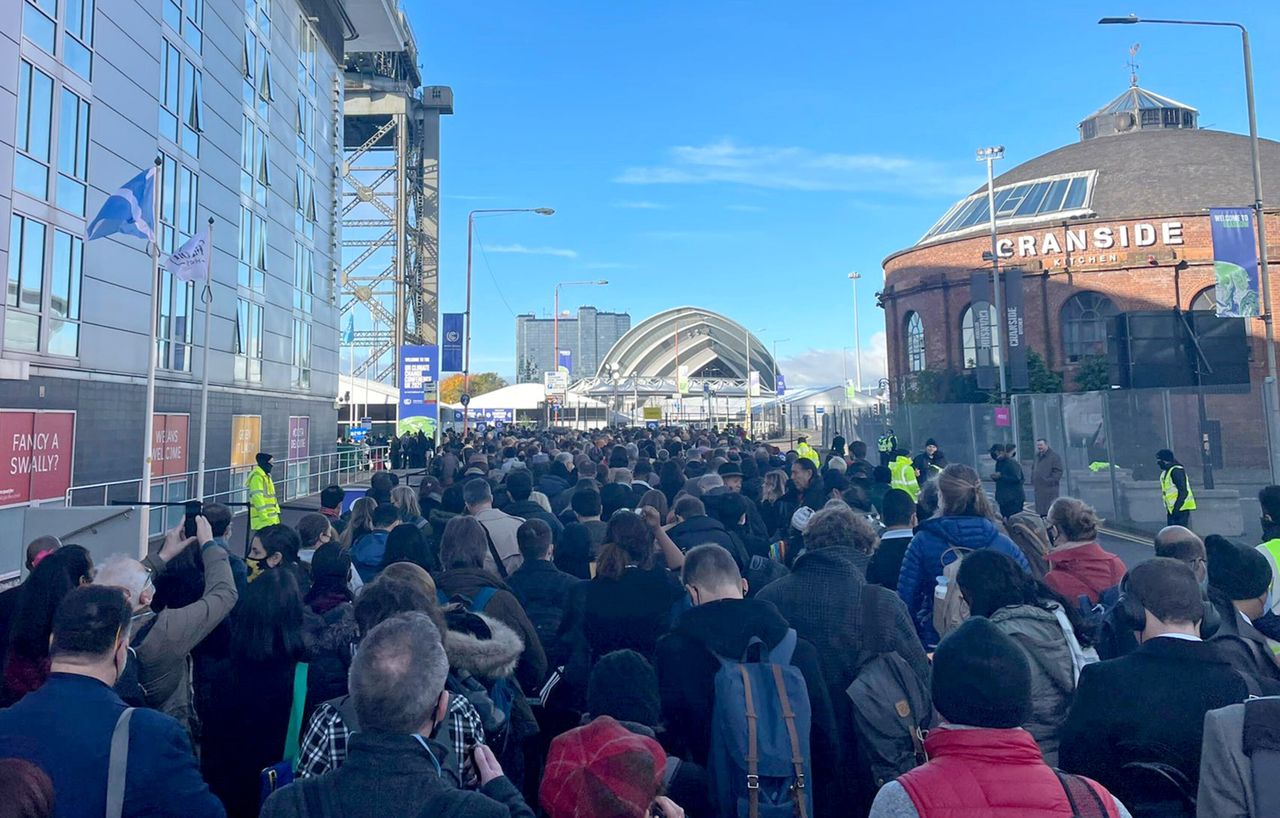
Daniel Barker via PA Wire/PA Images
Is any of it enough?
-
Climate Action Tracker claimed the pledges themselves are still a long way from meeting the UN”s target of a 1.5 degrees Celsius increase in the next 80 years.
-
It said: “Even with all new Glasgow pledges for 2030, we will emit roughly twice as much in 2030 as required for 1.5 degrees Celsius. Therefore, all governments need to reconsider their targets.”
-
This comment was made in the “optimistic scenario” that nations reach their “net zero” promises which aren’t even legally binding.
-
At this rate, the climate will increase by 1.8 degrees Celsius – a forecast echoed by International Energy Agency as well.
-
Scientists say the only way to reach that is to reduce global greenhouse gas emissions by 45% by 2030, and hit net zero by 2050.
-
The final deal was described as “an agreement that we’ll all cross our fingers and hope for the best,” by Greenpeace’s Jennifer Morgan.
 RSS Feed
RSS Feed















 November 13th, 2021
November 13th, 2021  Awake Goy
Awake Goy  Posted in
Posted in  Tags:
Tags: 













